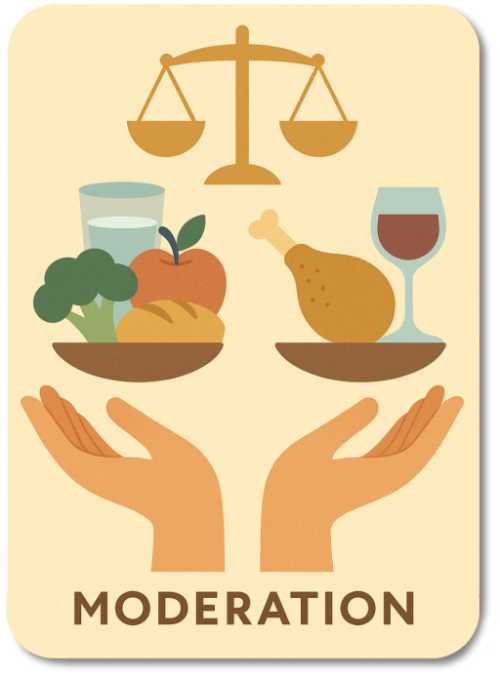Weather and Arthritis:
What Chinese Medicine Says About Damp and Cold
If your joints seem to ache more before a storm or when the temperature drops, you’re not alone. Many people with arthritis notice that cold, damp, or windy weather makes their symptoms worse. While Western medicine doesn’t offer a clear explanation, Traditional Chinese Medicine (TCM) has long recognized this connection—and offers some practical ways to ease discomfort.
Weather Patterns and Pain in TCM
- 风 (Fēng) – Wind Associated with sudden changes, wandering pain, and flare-ups that move from joint to joint. Often paired with other factors like cold or damp.
- 寒 (Hán) – Cold Tends to cause fixed, sharp pain with stiffness that improves with warmth. Cold slows circulation and constricts movement.
- 湿 (Shī) – Dampness Creates a heavy, swollen sensation. Pain may feel dull and achy and worsens in rainy or humid weather.
Simple Remedies:
- Ginger foot soak: Add a few slices of fresh ginger to warm water and soak feet for 20 minutes.
- Moxibustion: A trained practitioner can apply gentle heat to acupuncture points using dried mugwort.
- Diet tip: Try congee with cinnamon, cardamom, or scallions in cold weather—simple, warming, and easy to digest.
In TCM, arthritis often falls under the category of bì zhèng (痹证), or “painful obstruction syndrome.” The term describes what happens when external influences like wind (风 fēng), cold (寒 hán), and dampness (湿 shī) invade the body and block the smooth flow of qi (气) and blood in the meridians. When circulation is disrupted, pain, stiffness, and swelling can follow.
Dampness, in particular, is sticky and heavy by nature. It can linger in the joints, creating a dull, swollen ache that’s worse in humid weather. Cold slows circulation and tightens tissues, leading to deep, sharp pain. Wind causes movement and change, so when it’s involved, symptoms may shift from joint to joint. Often, two or more of these factors combine—especially during seasonal transitions—creating patterns like cold-damp or wind-damp bì.
In TCM, a person’s internal condition also matters. If the body's defensive energy (zhèng qì, 正气) is weak—due to aging, chronic illness, or poor lifestyle—then it becomes easier for external forces to “invade” and settle into vulnerable areas like the knees, hips, or hands. This helps explain why some people are more sensitive to weather changes than others.
What can you do? First, stay warm and dry. Protect the neck, lower back, and knees from wind and cold—areas where external influences are said to enter easily. Dress in layers, use heat packs, and avoid sitting directly on damp ground or in chilly drafts. TCM practitioners often recommend warming therapies like moxibustion (burning mugwort near the skin), ginger foot soaks, or herbal plasters to help dispel cold and damp from the joints.
Eating with the seasons can also help. In colder months, favor cooked foods, warming spices like cinnamon and ginger, and avoid raw or iced drinks, which can contribute to internal cold and dampness. Gentle movement, like taijiquan or walking, also helps keep the qi flowing and prevents stagnation.
Western science may not yet fully understand why the weather affects arthritis, but TCM has been addressing this relationship for centuries. By paying attention to both your environment and your internal state, you can take small steps that lead to greater comfort—rain or shine.



